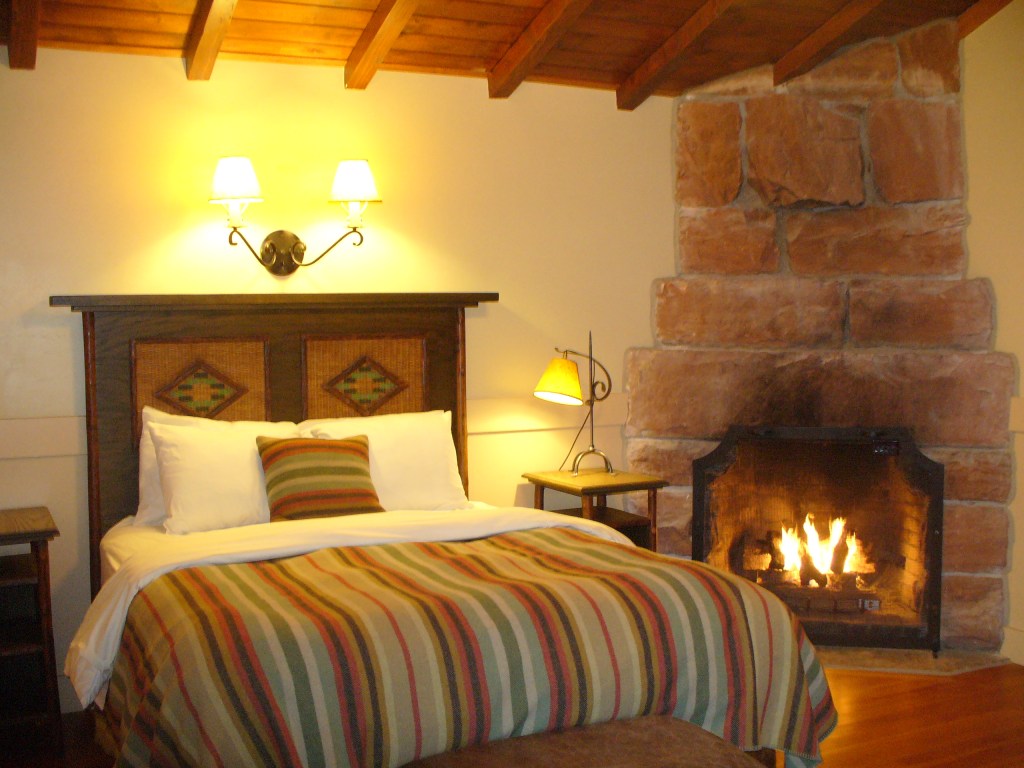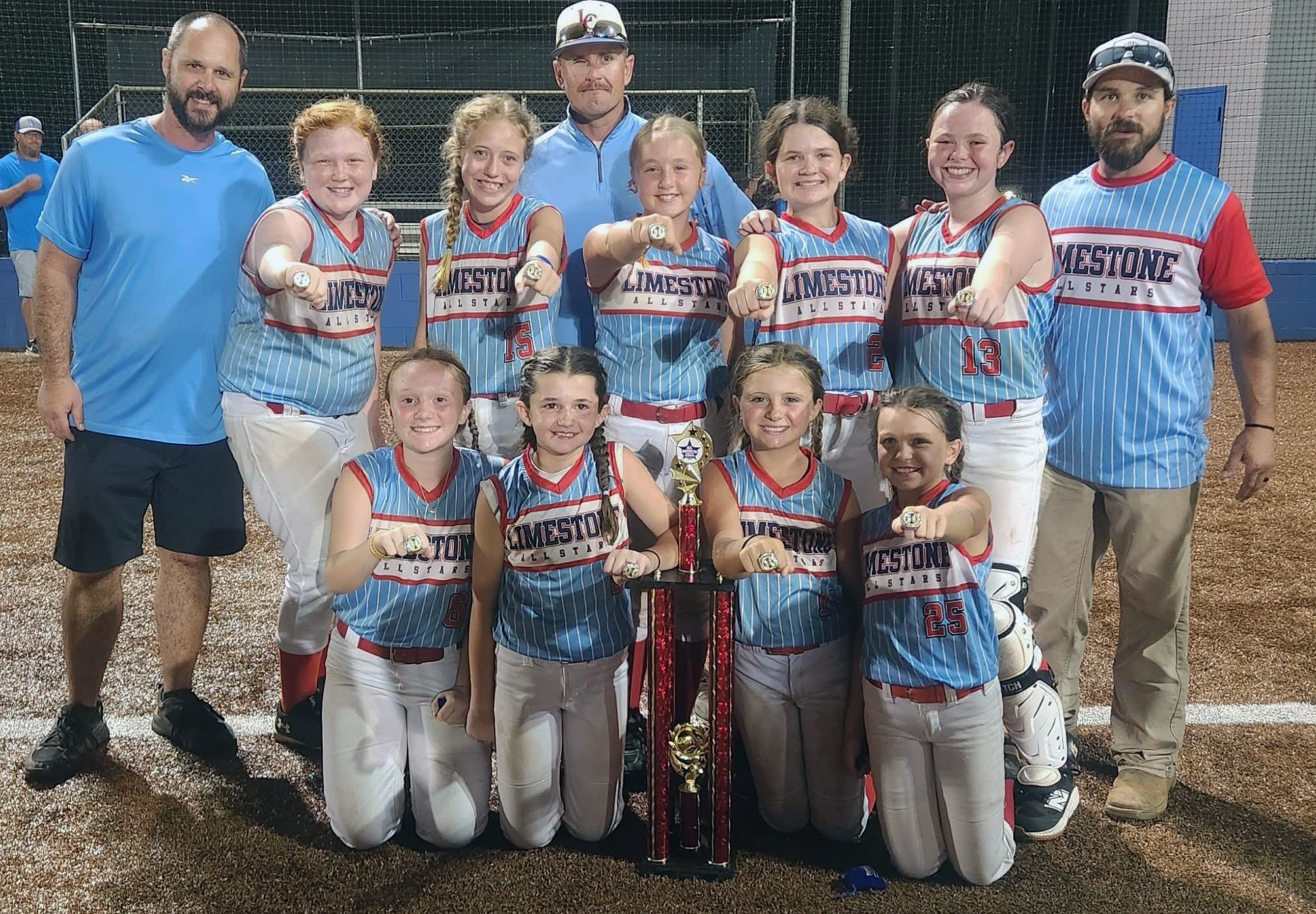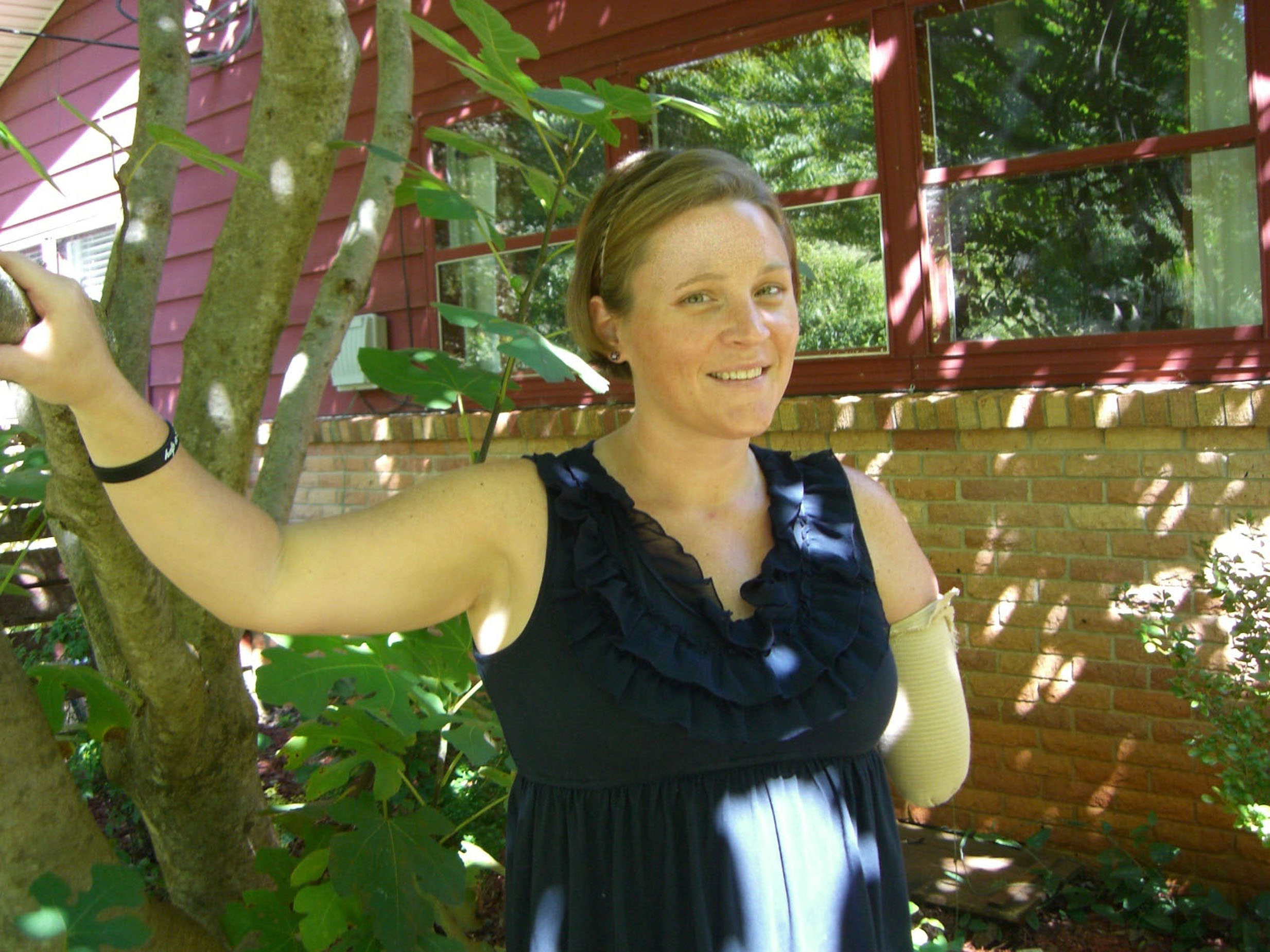Getting the skinny on America’s national park lodges
Published 10:50 am Tuesday, January 23, 2018

- Interior of a Western Cabin in Zion National Park.
National park lodges come in a wide variety of packaging. Most are old but several are new.
Some are big while others are small. Most are remote but a few are in urban areas.
Trending
Regardless of their age, size or location, national park lodges tend to be special places where guests are immersed in history and scenic beauty.
Walk into the lobby of Old Faithful Inn and experience a sense of wonder. Stroll down the gravel road from Kettle Falls Hotel and stand where French fur trappers once portaged canoes. Relax in the magnificent lobby of Glacier Park Lodge. Yes indeed, these are special places.
The majority of national park units do not have lodging facilities. Even major parks such as Rocky Mountain, Great Smoky Mountains, Everglades and Acadia national parks do not offer visitor lodging, although overnight facilities are available outside the park boundaries.
Other parks are home to multiple lodges.
Yellowstone, with nine lodging facilities, has the most. Montana’s Glacier National Park has six lodges. Shenandoah, Olympic and Sequoia/Kings Canyon national parks each claim three lodging facilities.
Lodges and other commercial structures including restaurants and stores in national parks are owned by the U.S. government, but operated by private businesses under lease agreements.
Trending
Xanterra Parks and Resorts, a privately owned company headquartered in Colorado, operates the nine lodging facilities in Yellowstone National Park. Delaware North, another private company, operates multiple general stores in the same park.
Like Xanterra, Delaware North has operations in other national parks. Forever Resorts and Aramark are two other private companies that operate national park lodges.
Private firms gain the right to operate national park facilities by submitting bids on proposals issued by individual parks. The national park basically asks, “How much will you agree to pay us to be able to operate our lodge for the next 10 years?”
The firm that offers the park the best overall deal wins the bid.
A private firm operating a business in a national park agrees to pay a percentage fee based on revenues it earns.
For example, Aramark’s Yosemite Hospitality is required to pay Yosemite National Park a percentage of every dollar it receives from room rentals and the sale of food and souvenirs.
The firm is also required to reinvest a portion of revenues into maintenance of the facilities. Several facilities that travelers would generally consider national park lodges are not.
For example, three lodges within the borders of Death Valley National Park are actually privately owned and on private land; as is Stehekin Valley Ranch in Washington’s North Cascade National Park Complex.
Iconic Glacier Park Lodge is outside the park border and privately owned.
These facilities are not required to pay fees and are not subject to oversight by the parks.
A wide range of lodging facilities is available in some parks. Yosemite has high-end hotel rooms and cottages, motel-type rooms and tent cabins. Lake Crescent Lodge in Washington’s Olympic National Park has cottages, motel-type rooms and a limited number of rooms in an historic lodge.
Guest rooms in national park lodges aren’t inexpensive. If you are accustomed to paying $100 a night for a double room at a Best Western or Holiday Inn Express, a big surprise awaits when you book a room in a national park.
A heated tent cabin in Yosemite’s Half Dome Village is $144 per night, while a room at the park’s upscale Majestic Yosemite Hotel (formerly, the Ahwahnee) is $550.
Rooms in Yellowstone’s Old Faithful Inn range from $225 to $360 per night. Motel-type rooms in Bryce Canyon Lodge are $213.
Lodging room rates, along with most other goods and services sold by private firms operating within a national park, must be approved by park officials. Thus, after winning the right to manage a lodge or restaurant within a park, the operator must submit for approval the list of prices it proposes to charge.
This is similar to insurance companies being required to submit rate proposals to state regulators. Some proposals are accepted but others may be scaled back.
Through the years, we have stayed in all but a couple of America’s national park lodges. There’s a lot more we could tell you about these wonderful places, and eventually we hope to get around to it. Perhaps the most important thing is how to best go about booking a stay, which will be the subject of a future column.
David and Kay Scott are authors of “Complete Guide to the National Park Lodges” (Globe Pequot). Visit them at mypages.valdosta.edu/dlscott/Scott.html. The Scotts live in Valdosta, Ga.
View the authors’ videos of national park lodges at http://mypages.valdosta.edu/dlscott/lodgevideos.html





